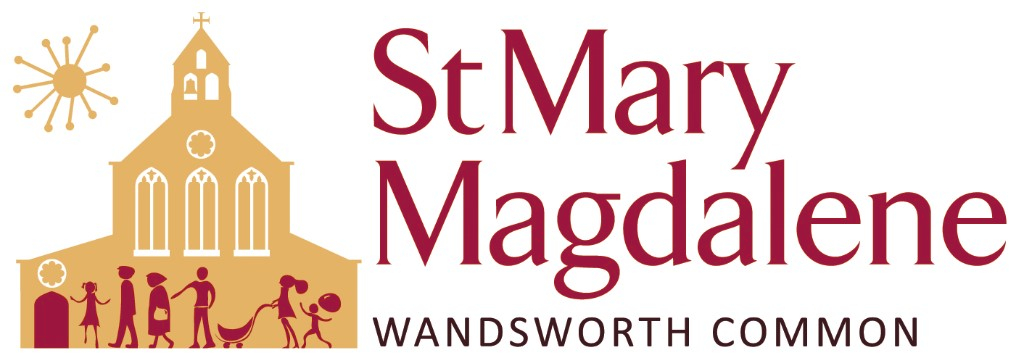David James Burrin: Friday 23rd August 1918
David enlisted in the Australian Infantry as Private 1115 on 15 October 1914. His attestation form shows him to be 5’9” tall 11st 8lb, chest measure 34-37”, medium complexion, grey eyes and dark brown hair with a scar on right forehead and right upper lip. He gave his denomination as Church of England. At embarkation, he had risen to Corporal, and his address (with a number of colleagues) was c/o M Terry NSW.
His unit embarked from Melbourne, Victoria on board HMAT A32 Themistocles on the 22nd Dec 1914. He was hospitalised 11th September 1915 with a septic hand from a wound at Lone Pine, Gallipoli, developed dysentery and transferred to Reading War Hospital. He rejoined the BEF on the 22 April 1916 at Etaples. He was wounded in action on the 22 July 1916, with a severe wound to the right leg, and was hospitalised in Portsmouth. He rejoined his unit on the 18 December 1916, becoming an officer cadet at Trinity College Cambridge on the 3rd January 1917, and a 2nd Lieutenant on the 31 August 1917. He was then posted to general infantry. He was mustard-gassed on the 21st March 1918 and again on 23rd at Messines and transferred to England via Boulogne and sent to 3rd Lon Gen Hosp. On 25th he was shown with severe mustard gassing. He was promoted to Lieutenant on the 28th May 1918 and left for France 1st July 1918 via Southampton. He was killed in action at Chignolles, on the Somme sector, 23rd August 1918. He was buried at the time and reinterred after the war in Heath Cemetery Harbonnieres. He is also commemorated on the AIF Project.
On the 17 October 1918, his mother acknowledged receipt of his effects on a pre-printed postcard to the Australian Infantry Force (AIF) baggage store in Fulham. His mother was living at 138a Swaby Road. His will was addressed to his sister, Helen Mary Burrin, at Base hospital Oxford to whom he left his effects.
James’ parents, David and Emily Burrin lived at 3 Wiseton Road. James was born at Headington in Buckinghamshire in December 1890 and went to the Cowley Fathers’ School in Oxford.
He served with 4th Batt (Territorial force), Oxfordshire & Buckinghamshire Light Infantry, for 5 years before emigrating to Australia at the age of 22 in 1912, where he was described as single, a clerk and archivist. Before emigration, he had been an assistant clerk with GPO, and his sister Emil Harriet was a GPO telephonist.
At the end of the war, his mother was living in Earlsfield, and he is also commemorated in St Andrew’s Earlsfield book of remembrance. St Andrew’s did not have a war memorial but produced an illuminated book of remembrance for the casualties of their parish. This was stolen in 1987 and a copy was re-created by one of the congregation.
In Dec 1922 his medals, memorial plaque and booklet “Where Australians Rest” was sent to his mother.
